Cooking With Persimmons
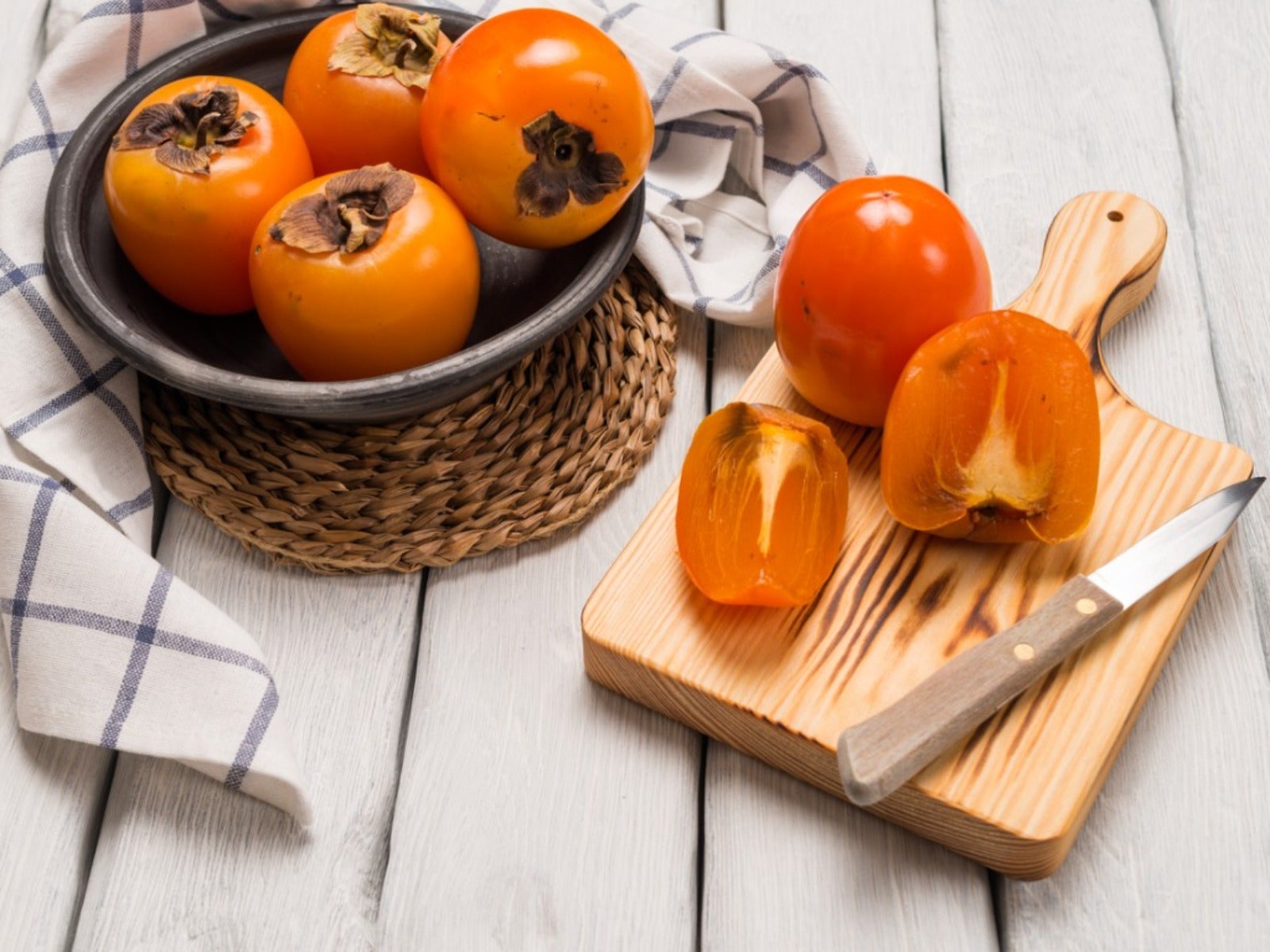
Persimmon has a bad rap in areas where the only available fruit is from the supermarket. Here, the persimmon you will find is Diospyros kaki, an Asian native, lacking in the extreme sweetness found in fruit native to North America and used in persimmon dessert recipes. For fruit at its peak to be used in a multitude of persimmon recipe ideas, it is important to know a bit about persimmon harvest time and how to prepare persimmon.
About Persimmon Fruit
American persimmons (Diospyros virginiana) can be found from New York to Florida on into west Texas, east of the Mississippi river in rocky or dry, open woods and glades, prairies, thickets, abandoned fields, and roadsides.
In the winter the tree is easy to identify due to its thick, dark, checker patterned bark. A member of the ebony family, the wood is extremely hard and used for golf clubs, pool cues, and shoe lasts.
Generally, plants are dioecious, having separate male and female blooms. Clusters of male aromatic, white to greenish flowers appear in the late spring along with single female blooms.
The blossoms give way to persimmon fruit in the fall, often into winter. Ripe persimmon fruit is orange to reddish purple set off by the glossy dark green foliage. Green persimmons are firm and extremely astringent while ripe fruit is soft and so delicate it isn’t suitable for commerce.
Persimmon Harvest Time
Persimmon fruit does not ripen on any one tree at the same time. Fruit may ripen from September through Christmas and often into the New Year. Folklore often insists that persimmon fruit will not ripen until the first heavy frost, but this is a fallacy. Fruit may ripen in September when temperatures are still in the 80s or in late February when temps have dipped below freezing.
A sure sign the fruit is ripe is when it begins to drop from the tree. Haste must be made to harvest dropped fruit as all manner of creatures revel in sweet persimmons. Continue to harvest fruit every other day or so.
Gardening tips, videos, info and more delivered right to your inbox!
Sign up for the Gardening Know How newsletter today and receive a free copy of our e-book "How to Grow Delicious Tomatoes".
When ripe, persimmon fruit is fragrant and almost cloyingly sweet, making it perfect for use in persimmon dessert recipes such as ice creams and pies as well as syrups and jelly.
How to Prepare Persimmon
The easiest way to prepare the fruit for persimmon recipes is to push it through a potato ricer and then scrape the pulp from the ricer and transfer to a container. This method removes the seeds and skin easily. The pulp can then be frozen, dried into fruit leather, or used immediately in a number of persimmon fruit recipes. The fruit leather can be eaten as is or used mixed with cornmeal or other cereal grains to make Native American cakes, biscuits, and pudding.
Persimmon Fruit Recipe Ideas
Of course, persimmon fruit can be peeled and seeded and then either eaten out of hand or used in recipes such as persimmon and fontina grilled sandwiches, persimmon muffins, quick breads, cookies, or a kale and persimmon salad with pecan vinaigrette.
Purees of persimmon can be used in puddings, made into ice cream syrup, or even added to cocktails.
Fresh persimmon can be sauteed and used over pork, made into a persimmon apricot marmalade for use on toast or over crepes, or to infuse rice with its aromatic flavor and sweetness. Try persimmons on pizza with a béchamel sauce combined with the bite of arugula or as a starter of persimmon and brie on crostini.
Really, persimmon recipe ideas are only limited by your imagination. When all else fails, make a batch of persimmon jam adorned with cute labels as holiday gifts for family and friends.

Amy Grant has been gardening for 30 years and writing for 15. A professional chef and caterer, Amy's area of expertise is culinary gardening.
-
 Moody Blooms For Spring: 8 Types Of Black Flowers To Add Drama To Spring Displays
Moody Blooms For Spring: 8 Types Of Black Flowers To Add Drama To Spring DisplaysFrom midnight burgundies to inky violets, several types of black flowers can enrich and embolden a spring display. Try these brooding bloomers for a moody garden
By Tonya Barnett
-
 My Homemade Orchid Fertilizer Always Brings More Blooms – Here's The Easy Recipe That Transforms Plants
My Homemade Orchid Fertilizer Always Brings More Blooms – Here's The Easy Recipe That Transforms PlantsScientist-turned-gardener Mary Ellen Ellis shares her tried-and-tested DIY orchid fertilizer recipe, plus more ingredients to try for healthy, happy plants.
By Mary Ellen Ellis
-
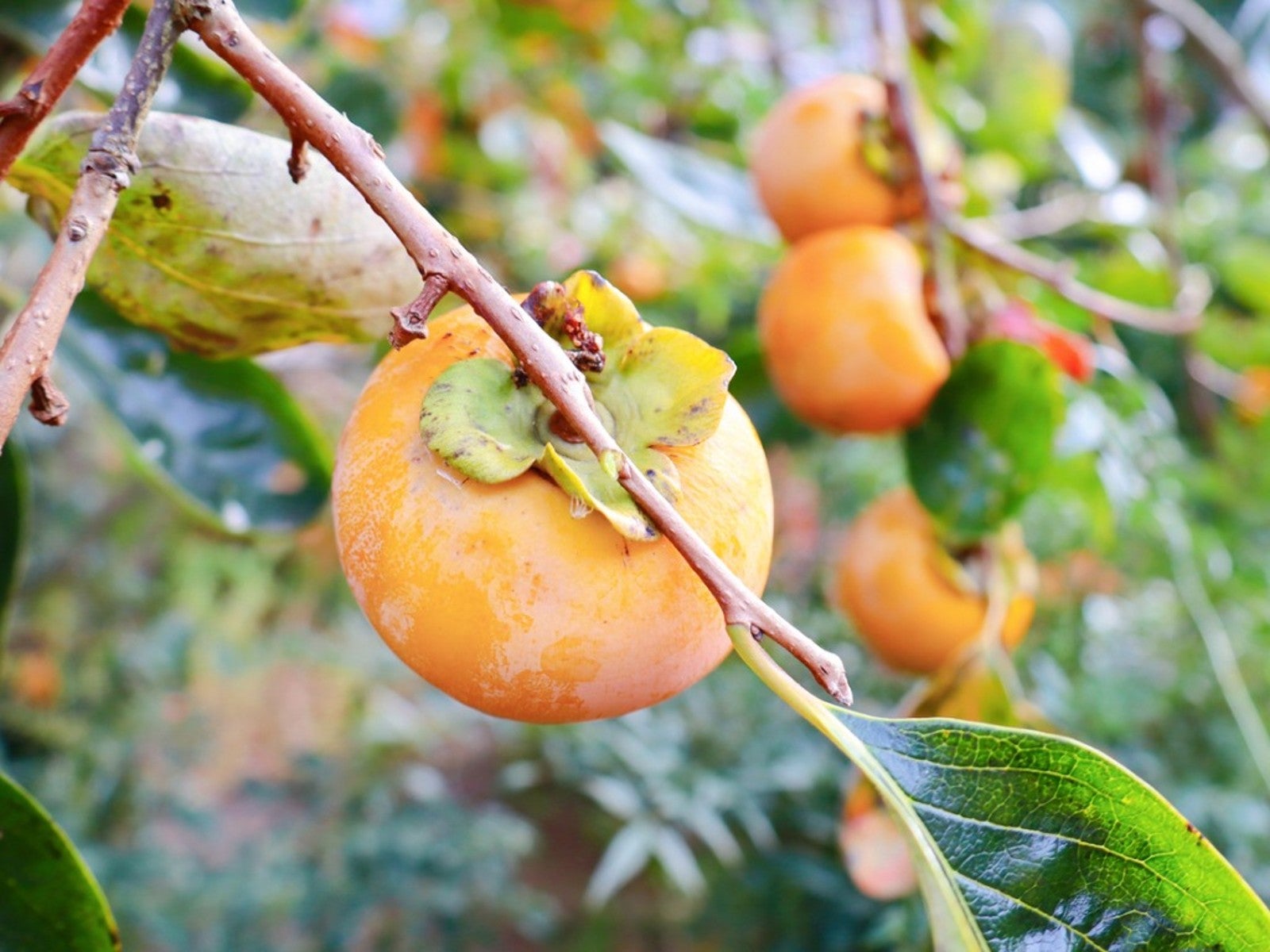 Growing Persimmons In Pots: How To Grow A Persimmon Tree In A Pot
Growing Persimmons In Pots: How To Grow A Persimmon Tree In A PotContainer growing works with many types of fruit trees including persimmon trees. And planting persimmon trees in pots can solve a lot of problems. Read on for more details about how to grow a persimmon tree in a pot on the patio.
By Teo Spengler
-
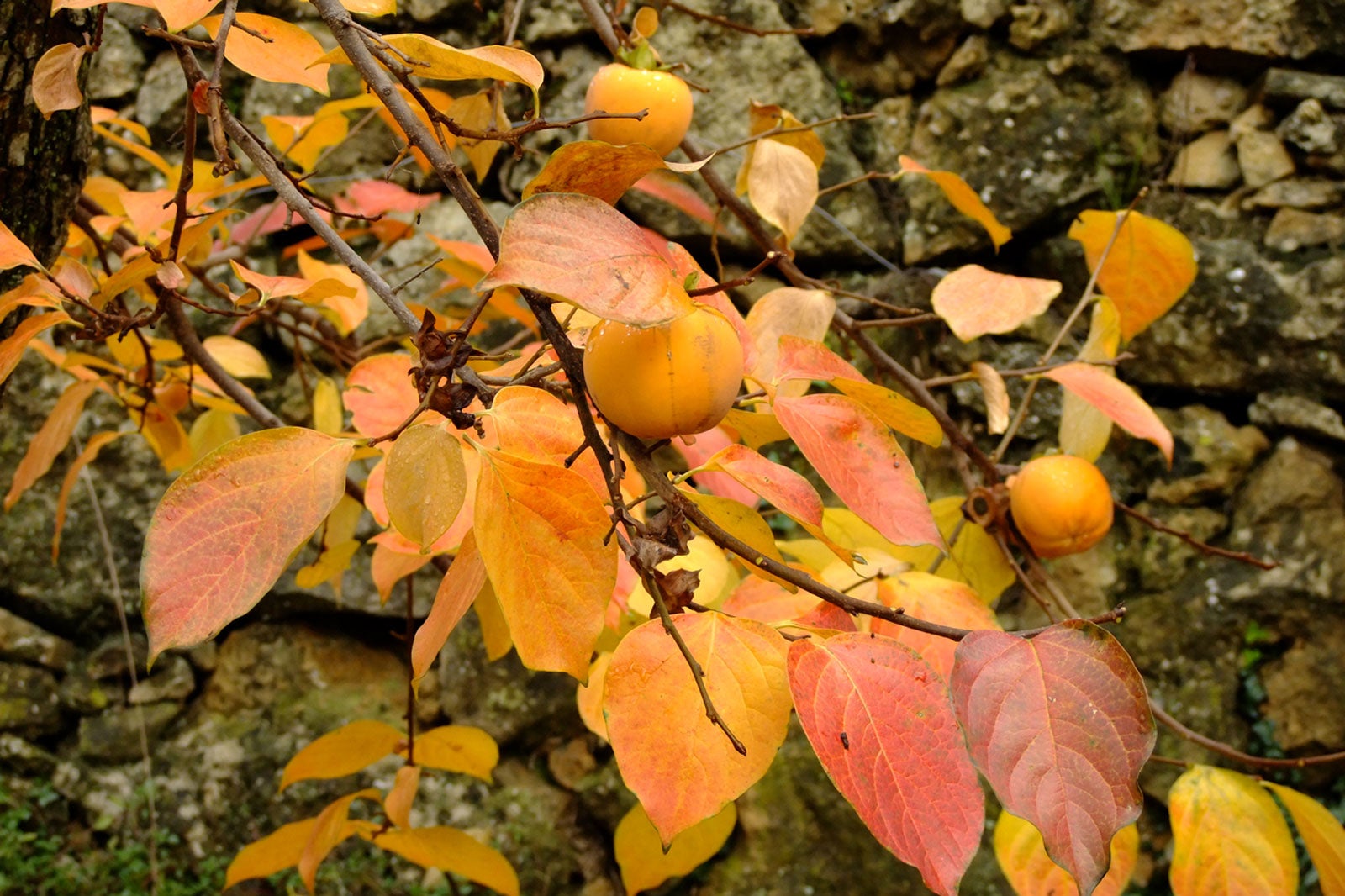 Persimmon Leaf Drop – Why Is Persimmon Tree Losing Leaves
Persimmon Leaf Drop – Why Is Persimmon Tree Losing LeavesA popular tree for home orchards is persimmon trees. These delightful, little trees suffer few serious diseases or pests and are relatively easy to care for. However, if you notice your trees losing leaves, there could be a few reasons behind the cause. Learn more here.
By Teo Spengler
-
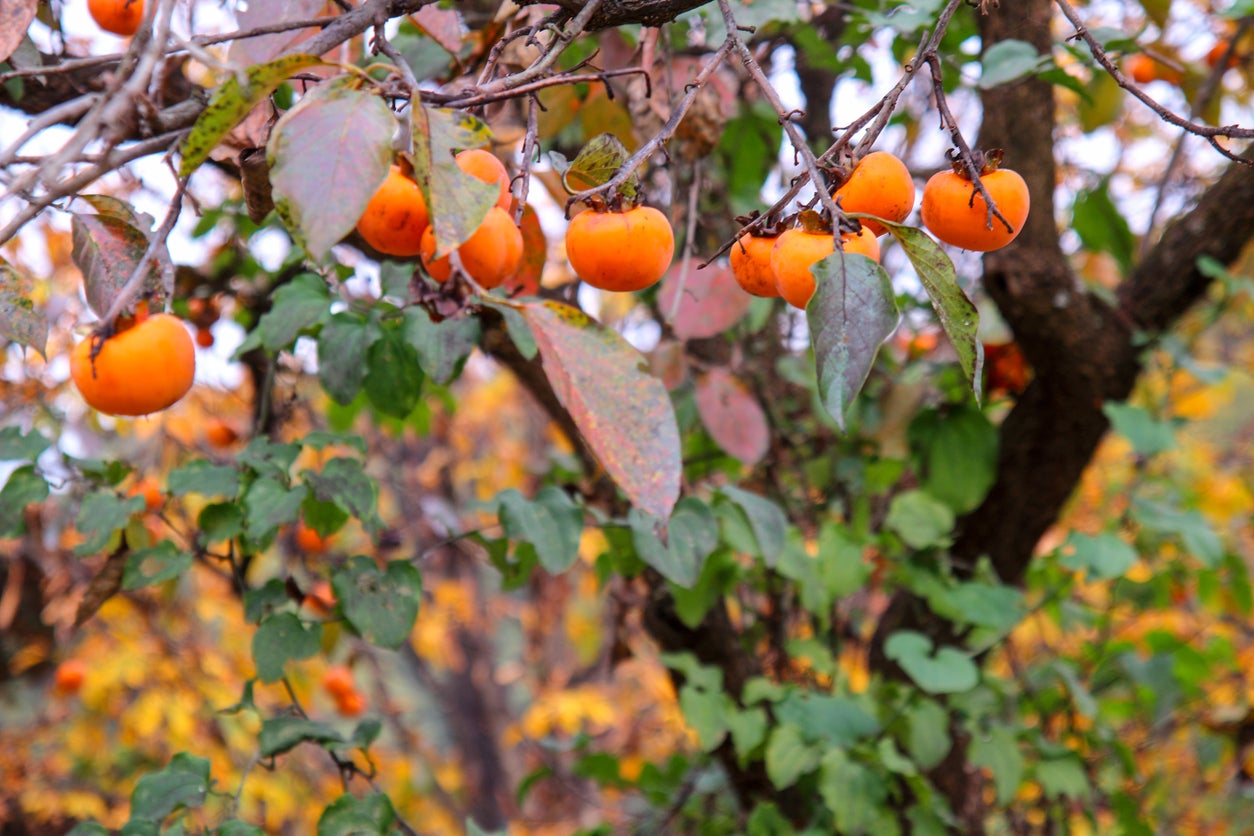 Fertilizing Persimmon Trees: Learn About Feeding A Persimmon Fruit Tree
Fertilizing Persimmon Trees: Learn About Feeding A Persimmon Fruit TreeHow much fertilizer does a persimmon tree need? The rules for fertilizing persimmon trees are a little different than those for other fruit trees and experts differ on the need for persimmon fertilizer. Click here for more information on persimmon tree feeding.
By Teo Spengler
-
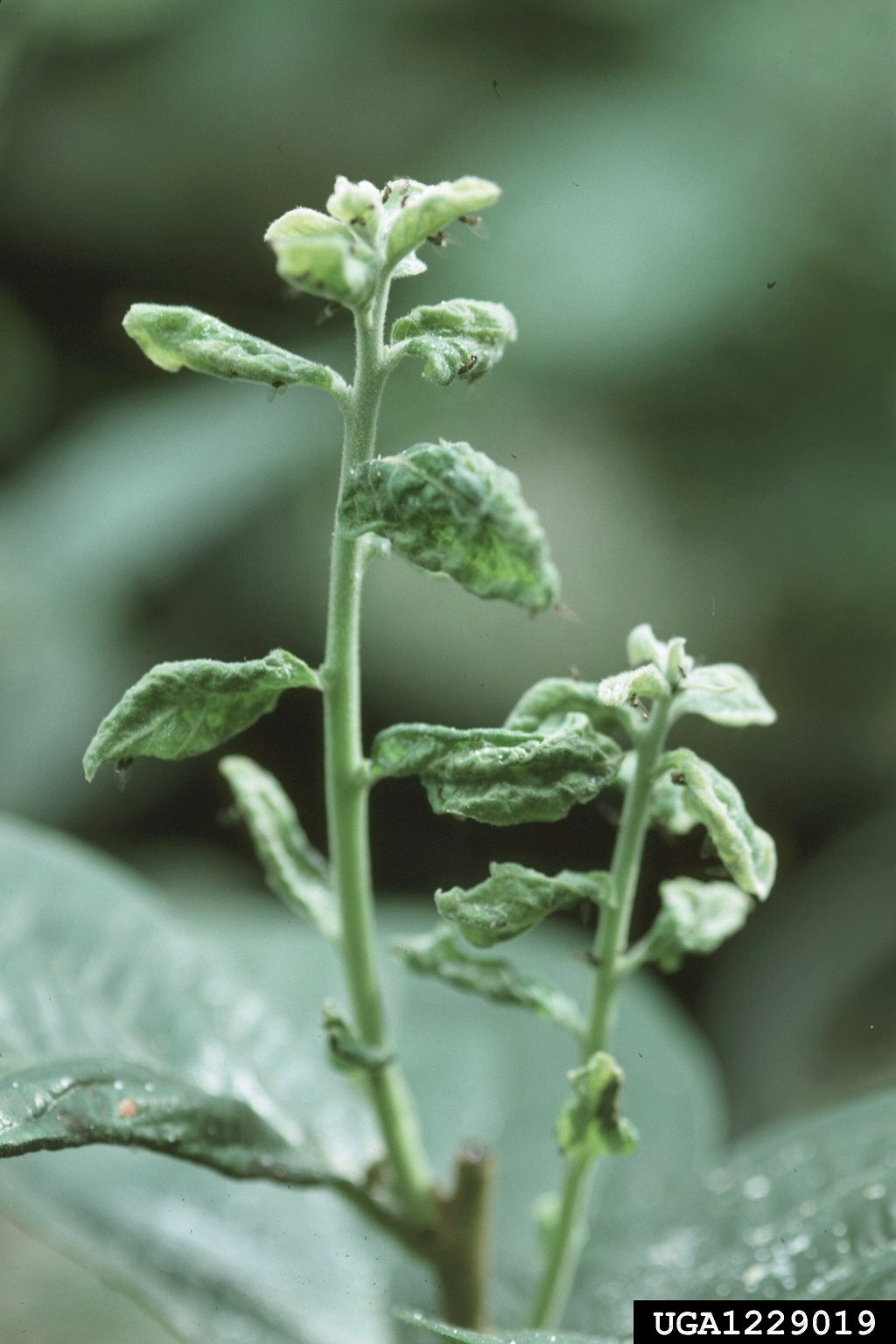 Curled Persimmon Leaves – Why Persimmon Leaves Are Curling
Curled Persimmon Leaves – Why Persimmon Leaves Are CurlingAlthough persimmon trees are generally durable and easy to grow, persimmon leaf curl is an indication that something isn’t quite right. If you’ve noticed curled persimmon leaves, careful troubleshooting is in order. Find reasons for curling leaves on persimmons here.
By Mary H. Dyer
-
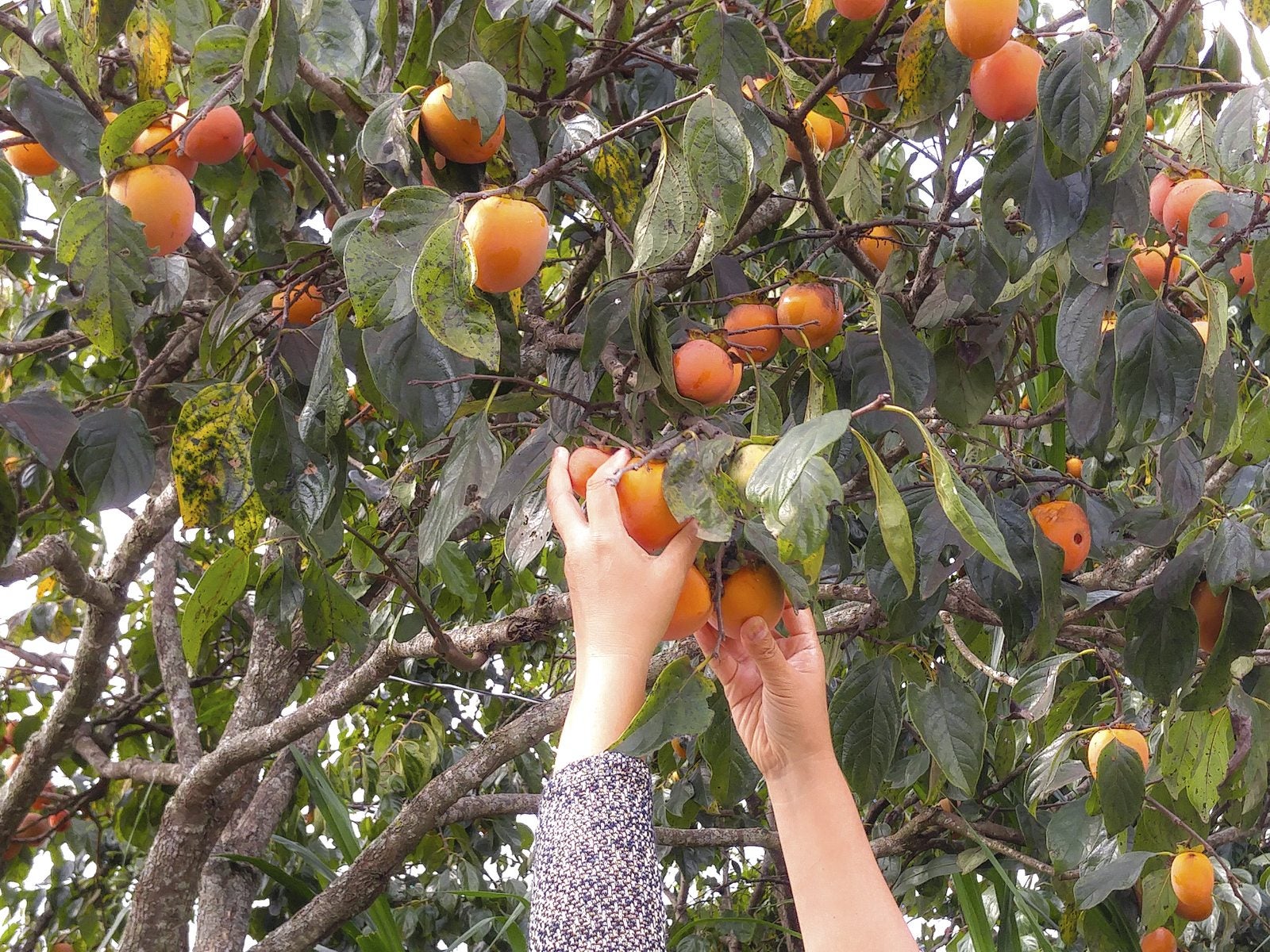 When Are Persimmons Ripe: Learn How To Harvest Persimmons
When Are Persimmons Ripe: Learn How To Harvest PersimmonsWhen they are less than perfectly ripe, they are terribly bitter, so knowing when to pick persimmons at their peak is essential. But how do you know when persimmons are ripe? Click this article to find out about harvesting persimmon fruit.
By Amy Grant
-
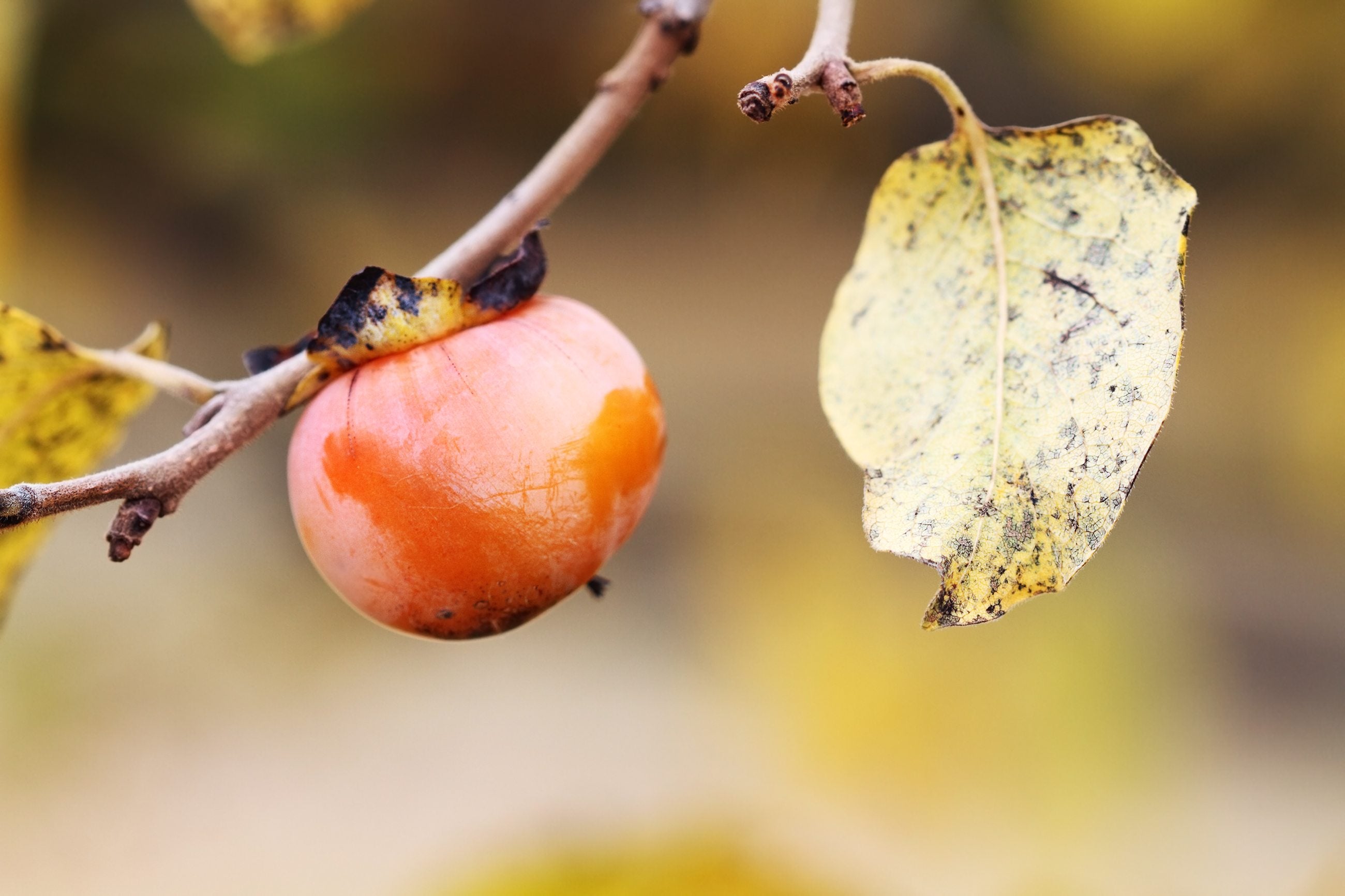 Persimmon Tree Diseases: Troubleshooting Diseases In Persimmon Trees
Persimmon Tree Diseases: Troubleshooting Diseases In Persimmon TreesPersimmons have no serious insect or disease problems, so there is no need to spray regularly. That doesn't mean that your tree won't occasionally need help, however. Click here for information about diseases in persimmon trees.
By Teo Spengler
-
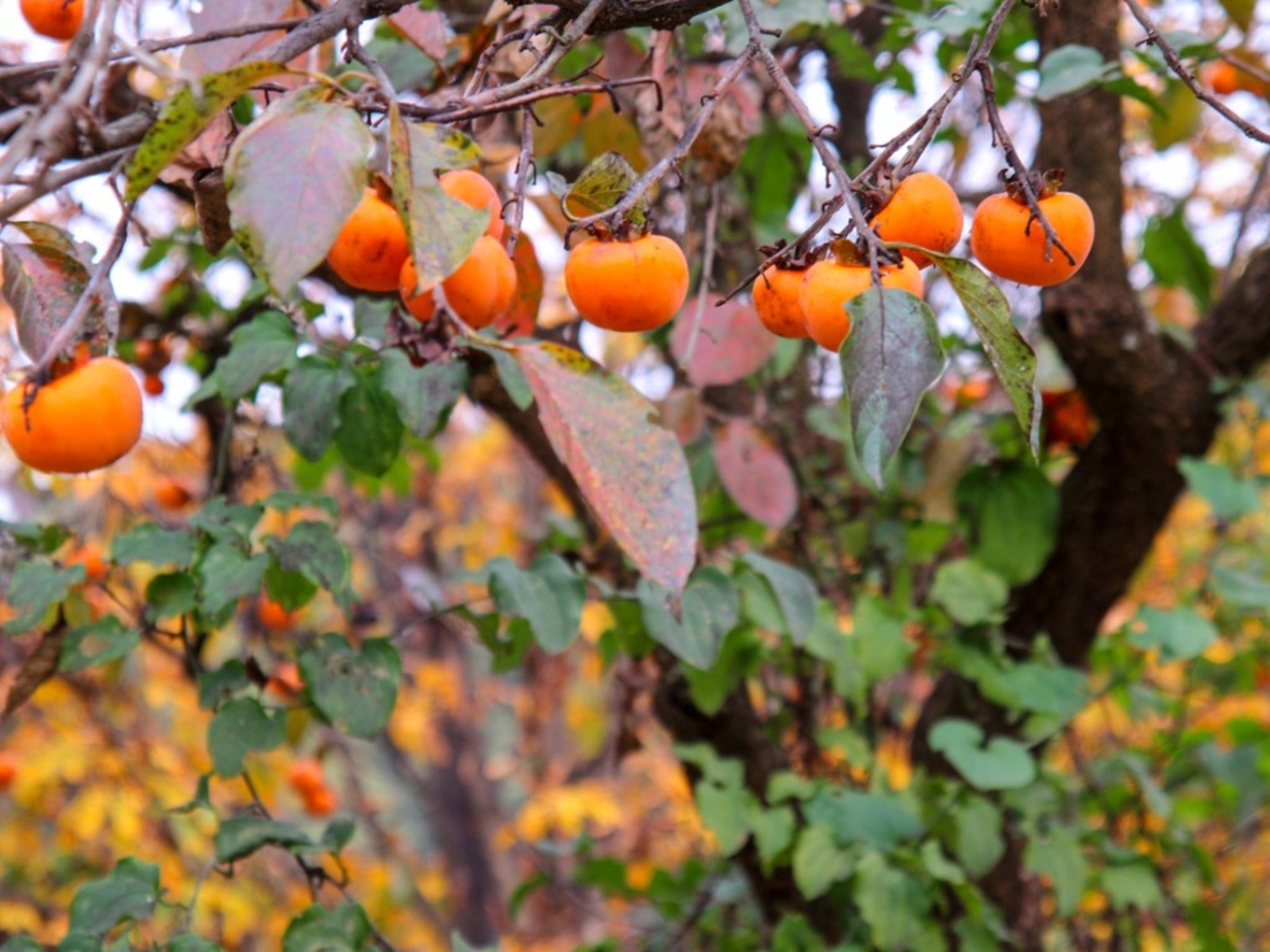 American Persimmon Tree Facts – Tips On Growing American Persimmons
American Persimmon Tree Facts – Tips On Growing American PersimmonsAmerican persimmons aren't as popular as their Asian cousins, but many people think they're tastier. Click for more.
By Teo Spengler
-
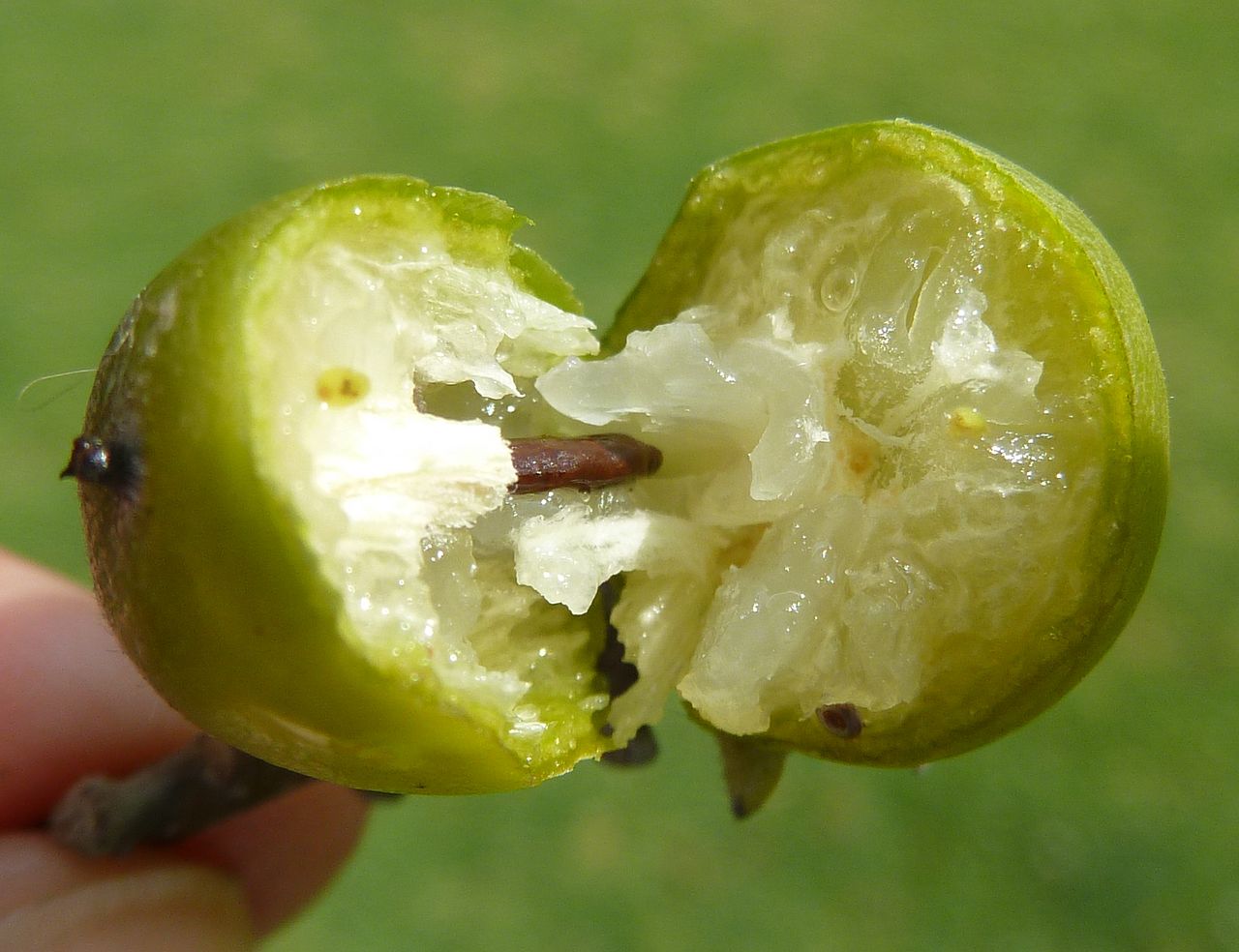 Jackalberry Persimmon Trees: How To Grow An African Persimmon Tree
Jackalberry Persimmon Trees: How To Grow An African Persimmon TreeAn integral part of the savannah ecosystem, is it possible to grow jackalberry persimmon trees here? Click on this article to find out how to grow an African persimmon and other information on jackalberry persimmon trees.
By Amy Grant